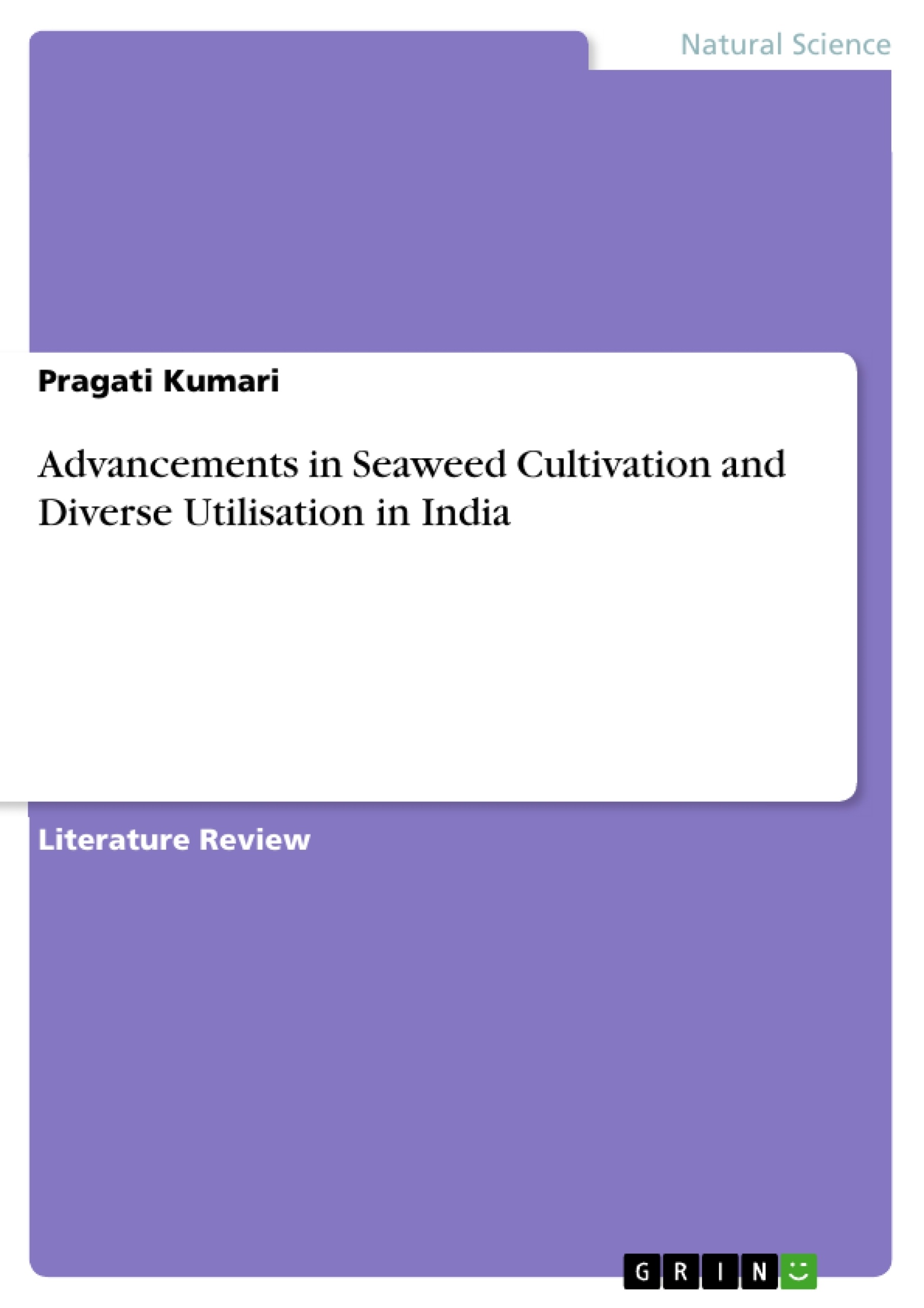Increasing in importance in India, seaweed is used and cultivated for a wide range of purposes in different sectors. This paper summarizes the evolving field of seaweed production, which includes both conventional and cutting-edge approaches that are appropriate for India's climate and geographic requirements. It explores the biochemical makeup of commonly grown seaweed species and their implications for different sectors, as well as the growing practices. Seaweed's use in food, nutraceuticals, medicines, agriculture, cosmetics, and other industries is thoroughly examined in this review, which highlights its potential as a rich source of bioactive chemicals and functional components. It also assesses the financial and environmental effects of seaweed farming, emphasizing its potential for both environmental preservation and sustainable economic growth. This review highlights the potential of seaweed as a rich source of bioactive compounds and functional components and comprehensively examines its use in food, nutraceuticals, medications, agriculture, cosmetics, and other industries. The potential of seaweed farming for both environmental protection and long-term economic growth is highlighted as it also evaluates the financial and environmental implications of the practice.
- Quote paper
- Pragati Kumari (Author), 2023, Advancements in Seaweed Cultivation and Diverse Utilisation in India, Munich, GRIN Verlag, https://www.hausarbeiten.de/document/1414800



